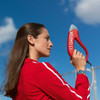The OMEGA watch brand has been associated with the Olympics for 92 years. It has been the official timekeeper since the days when sports performances were measured manually by referees using mechanical stopwatches and runners carved their own starting blocks with shovels. Much has changed since then. Among other things, the accuracy of the results and the technology developed by Omega. Let's take a look at the most interesting ones.
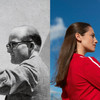
Electronic starting pistol
The problem with traditional pistols is that sound travels slower than light, which means that athletes in the furthest lanes hear the start later than everyone else, and athletes closer to the starting line hear it first. Today, the solution is the OMEGA electronic pistol, which is connected to speakers located behind each competitor. When the trigger is pulled, a sound is played in the speaker, a light flashes, and a start impulse is sent to the timing device. This system is the fairest way to give every athlete the same start.
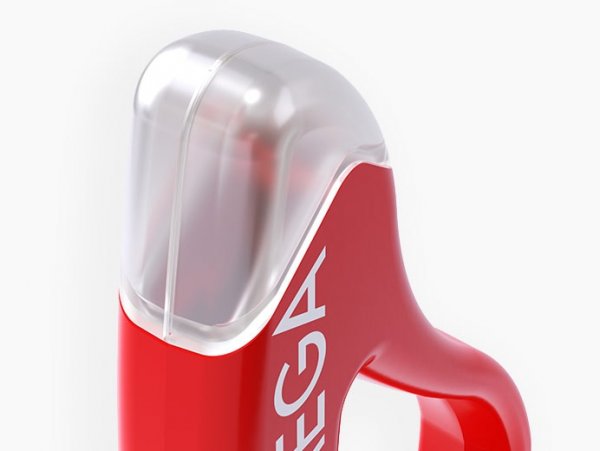
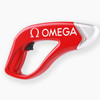
Starting blocks for athletics
In addition to integrated speakers, starting blocks in athletics are also enhanced with built-in sensors that measure the force of the athlete against the footrest 4,000 times per second. The detection system immediately sends the force measurements to a connected computer, allowing the starter to visually see any false starts. World Athletics rules set the minimum reaction time at 100 milliseconds (one-tenth of a second). Any reaction below this limit is considered premature and is identified as a false start.
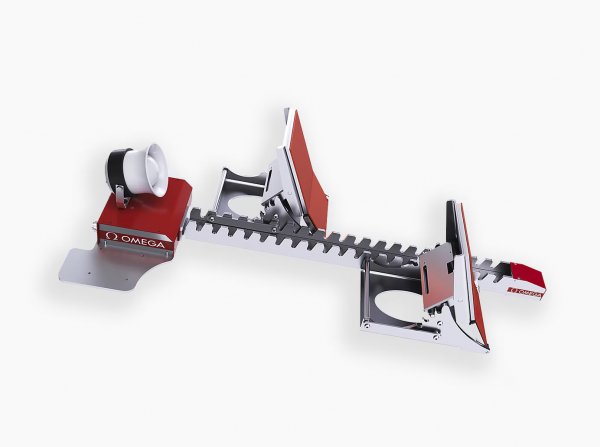
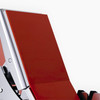
Scan'O'Vision ULTIMATE
Scan'O'Vision ULTIMATE is the highest resolution photo finish camera on the market. It can capture up to 40,000 digital images per second at the finish line. This allows judges to quickly decide the outcome of a race and separate close finishes with maximum accuracy. The color resolution of the images also provides clearer images of individual competitors.
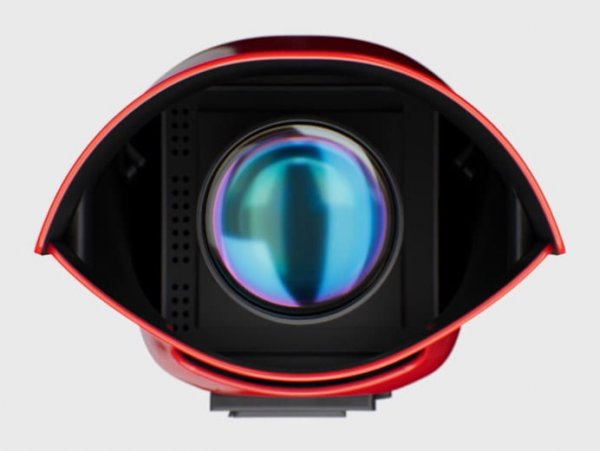
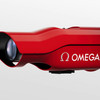
Photocell technology
Do you remember the traditional tape that was stretched across the finish line? Since 1948, it has been replaced by photocells, which emit beams of light instead. As soon as the winning athlete crosses these beams, their measured time is immediately recorded. OMEGA now uses four photocells at the finish line, all integrated into a single unit, which allows multiple competitors to be detected. This technology provides a very fast time reading, which must be officially confirmed by the photo finish camera.
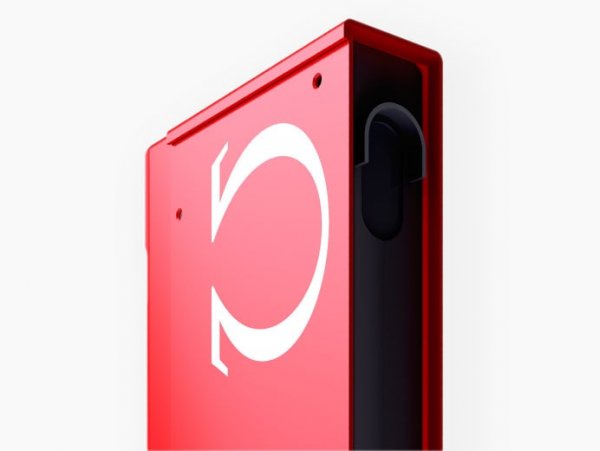
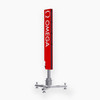
Swimming Light Show
An innovative lighting system called the "Swimming Light Show" features lights mounted in the starting blocks at the end of the pool. When the race is over, one large dot indicates the swimmer who finished first, two medium-sized dots show who finished second, and three smaller dots confirm third place. For athletes and spectators, it's a perfect way to see the race results immediately.
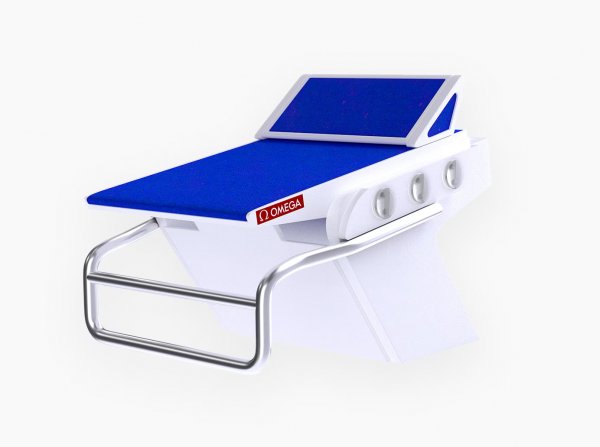
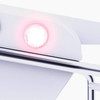
Touch pads
At the end of swimming competitions, touch pads are placed at both ends of the pool, allowing swimmers to measure their time with the touch of a hand. To stop the timer, pressure between 1.5 and 2.5 kg (3.3 and 5.5 pounds) must be applied. Thanks to these touchpads, swimming has long been the only sport in which competitors can measure their own time. In this demanding sport, it is the most accurate method of timekeeping and was first introduced by OMEGA at the 1968 Olympic Games.
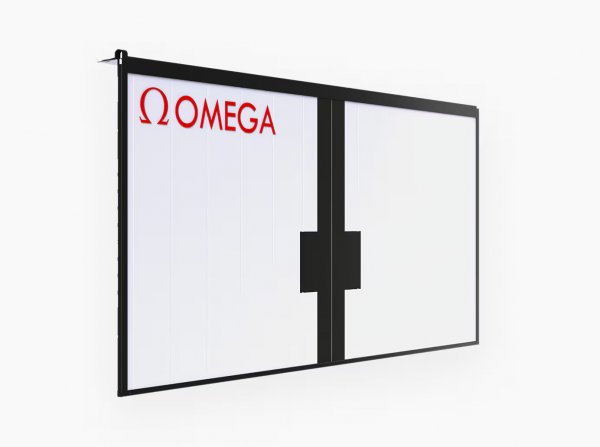

Quantum Timer
Mechanical stopwatches are a thing of the past. Today, OMEGA measures seconds with the Quantum Timer, which is accurate to one millionth of a second. Thanks to the microcrystals used, the resolution is 100 times greater than that of previous devices, and its maximum deviation is one second in every ten million seconds.
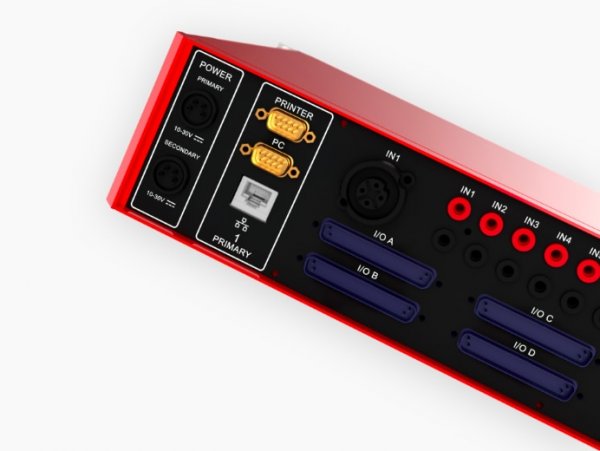
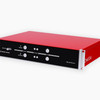
Results tables
OMEGA results tables display not only text and current information, but also animations, images of athletes, and accompanying high-resolution photos. Using modern effects, the names of the winners, results, and their country's flag are displayed quickly and in high quality, adding to the unforgettable experience of every sporting event.
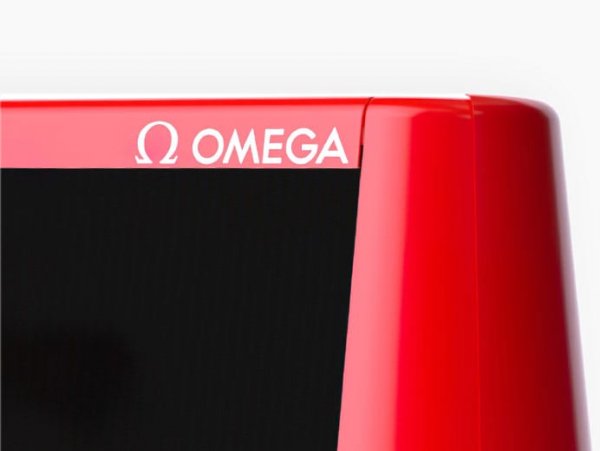
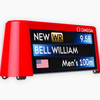
Computer Vision
Computer Vision is a system that collects data during a competition and then uses artificial intelligence to evaluate many useful and interesting sports metrics. The collected live data enables detailed sports analysis of the competition—how it was won or lost and what critical moments led to the final result. It provides important information for viewers, commentators, and especially coaches, and even generates official results. Now we can see the Olympic Games in every detail.
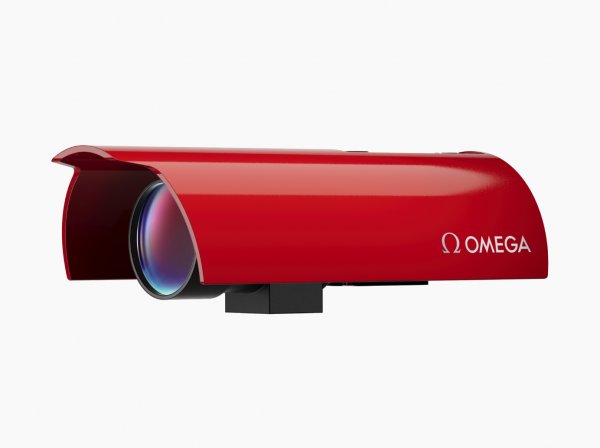
Athletes no longer need to wear sensors on their bodies. Instead, all data is captured by high-resolution cameras installed around the playing field.
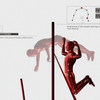
If you too would like to own a piece of Omega's precision timekeeping, check out the complete range of watches and chronographs in our e-shop:

